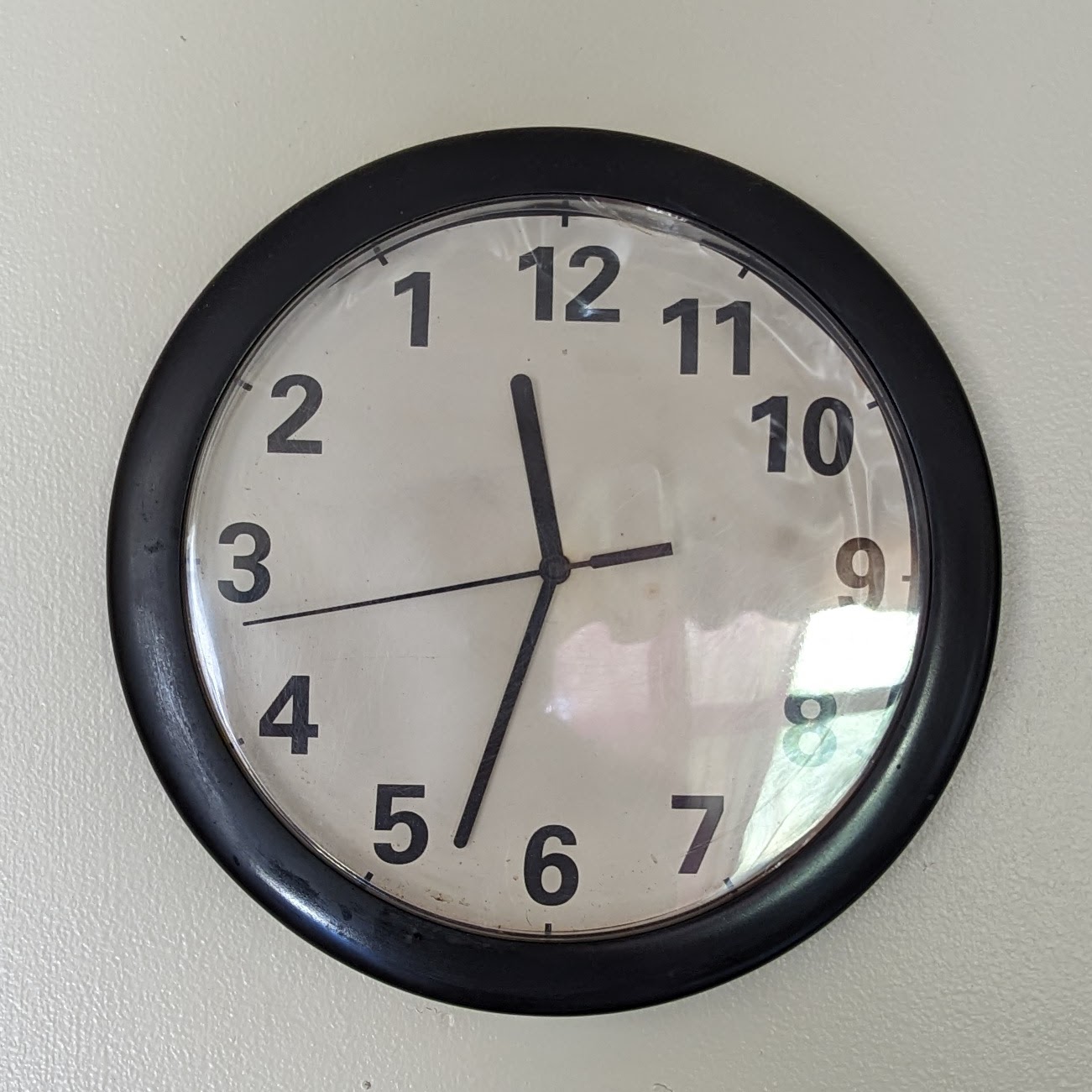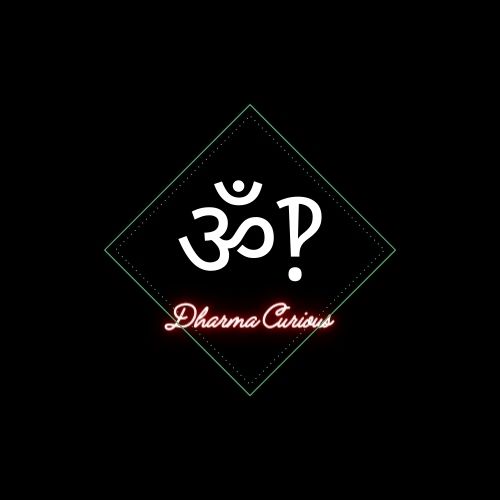Was there an alternative adjective to “clockwise” other than “the rotation you take around left hand”?
Also, how did all watch companies around the world agree on what the direction of “clockwise” is?
A guy I know owns this clock, which basically proves that everything in life is pointless and arbitrary:

I find this deeply unsettling, please delete
Weird, this feels easier to read. Less grating somehow.
You left-handed?
Hey, don’t put us all in the same bag ! I am left-handed and i still got weirded out by it. He’s just a weird guy that may happen to be left-handed.
Nope. Right handed. But AuDHD like there’s no tomorrow…
I guess you’re ok. I’m more of an ass man, myself, but I’ll allow it.
Thank you arse lover
I have one of these, it was a gag gift from a friend. I’ve had it up so long now though I have to double check which clock in looking at before I tell the time because I’ve got so used to it
That’s pretty cool. Also, your username contains an anagram of the name of the man who owns the clock from my comment. That’s also pretty cool.
Also why the seemingly arbitrary graduations, 24 hours, 60 minutes, 60 seconds. If it was say 10 hours in a day, 100 minutes in an hour, 100 seconds in a minute, seconds would be close to the same amount of time. Same with latitude and longitude, why 360 degrees in a circle with 60 minutes in a degree and 60 seconds in a minute.
It’s all based on 12, which is nice cause it’s divisible by 2, 3, 4 and 6.
A system based on 10 gives you issues if you want to divide the year into 4 seasons, the day into morning, midday, evening and night, the compass into cardinal directions, etc…These numbers aren’t arbitrary, they are from different base numbering systems.
60 can easily divide by 2, 3, 4, 5, 6, and 10.
12 can easily divide by 2, 3, 4, and 6 (notice how much overlap there is).
10 only divides easily by 2 and 5. Common fractions like 1/4 or 1/3 now require decimals.
Basically, base 12 and base 60 make it significantly easier to think and work in common fractions.
It is also historically significant, as base 12 used to be more common than modern base 10. Our timekeeping system dates back to the ancient Babylonians, who worked in base 12. This influence is still felt in other places, such as the fact that eleven and twelve have unique names in many languages rather than following the same pattern as everything that comes after them.
The units of time we use come from a bronze age civilisation that used base twelve instead of base ten. They’d count on their hands using the finger joints of one for single digits, and then the joints of the other for multiples.
That’s called Decimal time and revolutionary France already tried it.
Other commenters hit on the reasoning, just adding that they’re called highly composite numbers. My favorite!
Oh, you mean like the order of the Alphabet?
That’s actually the only non-arbitrary thing in existence. If the alphabet wasn’t in alphabetical order, we’d all be dead right now.
This is correct. Alphabetical Order is one of the fundamental laws of nature. A universal constant.
Alphabetic order is completely facist nonsense. Obviously the n should come before the m. You wouldnt put w before u, would you?
#wakeupsheeple
I like how I was joking but we still ratio’d that guy.
Well, clocks are just mechanical sundials. Before clockwise, there was sunwise (or deosil), and clocks’ movements are based off of the movement of a shadow across a sundial.
Used to be sunwise and counter-sunwise.
Ok, but how about before the sun?
Galaxywise and counter-galaxywise
and the rival; pixelwise and counter-pixelwize
Turnwise and widdershins. I read it in a book once.
Sunwise, as it was based on the movement of the sun during day (in the Northern hemisphere). As watch faces were modelled after sundials, sunwise and clockwise describe the same direction.
Turnwise is a word invented by Pratchett for a book, but it’s clearly based on sunwise. He also used widdershins in his book, which is indeed the unmodified antonym to sunwise.
Not just any book. The discworld series. It’s the direction the disc rotates! He has so many easy to miss spots of genius. Amongst many easy to see spots of genius
Does the sun rotate with the disc, and faster?
Wouldn’t sunwise and turnwise be in opposite directions otherwise?
The sun rotates around the disc too one of the elephants has to cock its leg every day
I have found my people.
Deosil (sunwise) was the opposite of widdershins (against the usual). Both had a wide range of uses too, not just directionality.
Was it Name of the Wind or Wise Man’s Fear? I just read both of those and I remember looking up one of the words and going down a Wikipedia rabbit hole.
No, those words don’t appear in those books. He’s referring to Discworld by Terry Pratchett.
Well shit… those are the only two books that I read recently, maybe a similar word… I left my kindle at home today I know that keeps track of words I’ve looked up and now I’m curious
Turnwise and widdershins
I always heard it as ‘deosil and widdershins’
As a non-native English reader, I now am not sure if this is a Pratchett reference or if these are actual round world terms…
GNU Terry Pratchett
Imagine you’re in the Northern Hemisphere and you face east toward the rising sun. Over the course of the day, the sun will seem to move to the south, and then set in the west. This forms a “sunwise” turn, which is what we now call “clockwise” because we made clocks in imitation of sundials.
In Swedish it’s called medsols and motsols. The iteral translation is with the sun and against the sun.
Is there a large perceptible pronunciation difference? Because if not med and mot being opposites seems like it’s rife for sitcom hijinks
There is, yeah, /meːd/ and /muːt/
Thank you! That makes sense, I forgot north Germanic languages don’t do final devoicing. In German, the d would be pronounced as /t/ in that position.
You rarely hear voiced plosives in spoken German in general. Negative VOTs are virtually unheard of. The distinction would be more accurate if described as aspirated/unaspirated than unvoiced/voiced.
I guess what I wanna say is that German 'd’s are most likely gonna be realized as /t/, no matter where they occur in the utterance.
Good question!
The real answer seems to be “right” and “left”.
Up and down?
Deosil, which is the direction the shadow on a sundual moves (in the Northern Hemisphere).
This turned out to be a surprisingly fascinating question lol.
Semi related: QI uploaded this bit the other day about an aboriginal tribe that can flawlessly pinpoint north/east/south/west.
Cardinal directions as references instead of left/right are often a better option when describing locations, more people should use them. It’s not like it’s hard to get an idea of where north is - even if you’re a bit challenged on the spatial awareness front basically everyone these days has a phone that will easily tell you this.
I think saying “keep turning the component to the west” wouldn’t really work.
There are obviously exceptions, hence why I said often instead of always. Think larger scale and/or involving fixed objects and cardinal directions tend to be logical, for example:
-
Install the equipment in the western plant room.
-
Please set up the workstation near the power point on the western wall of the room.
-
Come in via Foo Rd, when you get to the intersection with Bar Rd turn west.
-
My desk is in the south western corner of the office.
-
Walk west along the ridge from the carpark, then once you reach the giant boulder take the northern spur down to the river.
-
To your second question, the direction of clockwise is mostly influenced by sundials. In the northern hemisphere the shadows move in a clockwise direction, and so the early clocks made in the northern hemisphere mimicked that. In the southern hemisphere it’s naturally reversed, but because so much of that hemisphere is either empty ocean or colonized lands, the clocks move in the same direction. Bolivia had a sort of flash in the pan moment in the news about a decade back for reversing their clock direction on a big central clock (think like big ben) as a way of staking their independence from a colonial past.
On the first question, I have no idea. But in Sweden they use terms that translates to “with the sun” and “against the sun” but I don’t remember what they are without googling it.
In czech, we have a phrase “jak sa kráje chleba” (same way as a bread is sliced). Problem is, that (at least in my social group) nobody knows, wether it means clockwise or anticlockwise, as everybody slices the bread differently.
same way as a bread is sliced
Haha interesting, but how do you slice bread by rotation? it’s up to down. That’s how you cut stuff.
- Grip the bread vertically to your chest.
- Start cutting in direction from the front to the back.
- Slowly rotate the bread, so you cut the crust only in one point (the tip of the knive moves through already cut bread).
It may be easier to see it with a short knive.
As someone who still confuses these “turn it around that way” - jiggles hand in vague motion- “oops no the other way” usually works just fine.
It’s just negative rotation
Yes, but it’s learning optimism.
I have the feeling that the direction of the water in the toilet when flushing plays an important role here.
Ah yes, turdwise and widdershits as it was known in the olden days, before the invention of sundials
The first mechanical clocks were invented around 1300. The first flushing toilet was 1775.
“we don’t have clocks, how do we describe right ways or leftways rotation?”
“Well, the tires on my Dodge Ram 3500 rotate to the right when I drive it forward, so we’ll call it ramforward and rambackwards”
“Brilliant”
Yup. That’s definitely “down”.
deleted by creator













